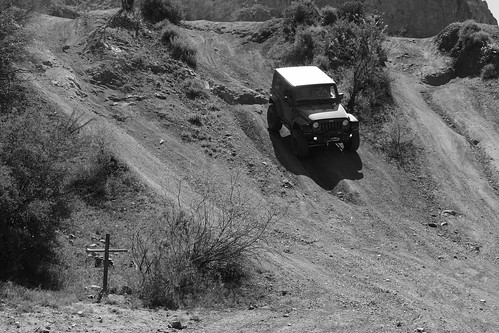ous hormone regulation of plant growth and development by influencing secondary metabolism; by way of example, blue light promotes flavonoid accumulation [25], which affects auxin polar transport [26]. Light supplementation can correctly manage seedling development in Norway spruce. Having said that, expertise of your efficient spectrum for HS173 advertising development and phytohormone metabolism 1620248 within this tree continues to be lacking. The completion in the P. abies genome [27] and also the speedy improvement of high-throughput sequencing have facilitated gene expression research in Norway spruce employing RNA sequencing (RNA-seq) analysis. In the present study, 3-year-old P. abies clones have been illuminated for 12 h soon after sunset below red or blue LED light, and stem increment along with other growth trait determinations, phytohormone level measurements and RNA-seq evaluation were performed to achieve the following aims: (1) to know the effects of those two kinds of light qualities on Norway spruce growth; (two) to analyze the partnership among light top quality and plant hormones in Norway spruce; and to recognize differentially expressed genes (DEGs) below red and blue light. This study was conducted to supply a basis for elucidating the genetic mechanisms by which diverse light qualities regulate seedling growth and phytohormone levels.
P. abies clones (three years old) had been grown inside a container (ten x ten cm) below greenhouse circumstances and received natural light during the day and illumination by blue-light (B, 460 nm) or red-light (R, 660 nm) LED lamps for 12 h at evening (power of 90 W) from Might ten to August 10, 2013. Every single LED lamp was 90 cm long and was installed above 5 clones. Every single row integrated 5 clones arranged with 10 cm spacing. Light intensity (50 mol.m-2.s-1) was measured working with a spectrum radiator (OL750) in the National Institute of Metrology, People’s Republic of China. Five clones have been present in each plot, with three plot replications per light quality treatment. Shading cloth was utilised amongst the plots during the lighting period and was removed during the day. The clones were tended regularly for all experimental remedies. From June till September, the average temperature inside the nursery was 20~26, with an typical humidity of 50~65%. The clones had been watered often and fertilized twice per month applying a foliar nutrient with five kg/m2 4/1000 monopotassium phosphate (the principle ingredient was KH2PO4) and 0.002 kg/kg phosham [the key ingredient was (NH4)2HPO4], calcium phosphate [Ca3(PO4)2], and carbamide (H2NCONH2).
We determined the stem height, ground diameter, and length of your present shoots for all clones in August 2013 right after 90 days of illumination. The leaf region and leaf weight were measured for 30 needles from six clones per LED therapy. The distinct leaf weight (SLW) was calculated as follows: leaf weight/leaf location.
In August 2013, just  after 90 days of blue or red light remedy, current needles have been harvested from three randomly selected Norway spruce clones and stored at -80 till evaluation for the following phytohormones: GAs, IAA, ABA, and ZR. The samples were ground in an ice-cold mortar, extracted with ten mL 80% methanol (v/v) containing 1 mmol-1 butylated hydroxytoluene (BHT), then stored at 4 for 4 h. Subsequent, they have been centrifuged at 3500 rpm for eight min at 4. The precipitation was extracted together with the exact same extraction remedy for 1 h at four and after that centrifuged once again below precisely the same conditions. The two combined supernatants have been passed by way of Chromosep C18 columns (
after 90 days of blue or red light remedy, current needles have been harvested from three randomly selected Norway spruce clones and stored at -80 till evaluation for the following phytohormones: GAs, IAA, ABA, and ZR. The samples were ground in an ice-cold mortar, extracted with ten mL 80% methanol (v/v) containing 1 mmol-1 butylated hydroxytoluene (BHT), then stored at 4 for 4 h. Subsequent, they have been centrifuged at 3500 rpm for eight min at 4. The precipitation was extracted together with the exact same extraction remedy for 1 h at four and after that centrifuged once again below precisely the same conditions. The two combined supernatants have been passed by way of Chromosep C18 columns (
